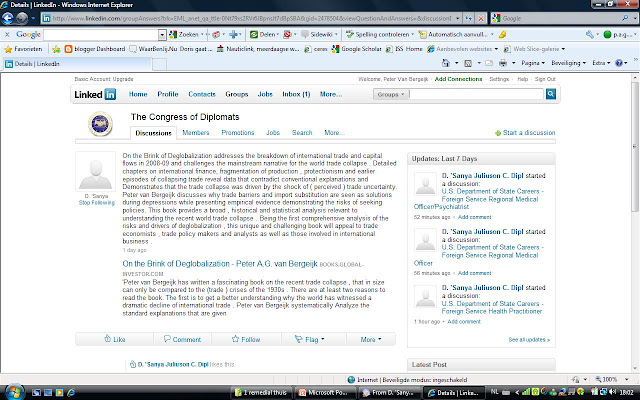The financial crisis, the import collapse and the developing countries

Despite green shoots in the OECD and strong growth rates in China and India the world economy is not out of the woods yet. In 2007 the most serious global economic crisis since the 1930s started and many developing and emerging economies (DEEs), that since the mid 1990s had opened up to the world economy, are now experiencing the down side of strategies that - for good reasons - relied heavily on international trade and foreign direct investment to achieve national development. What was expected When the financial crisis burst out in 2007 the majority of economists was not expecting the DEEs to be hit hard. A first, often-mentioned, reason was that developing countries had not engaged in the kind of financial whiz-kidding that had created the enormous bubble in the OECD. Thus it was assumed by many analysts that the DEEs would not suffer a fall-out from the banking crisis which after all was a problem of the OECD countries. A second reason was the myth of decoupling: the non OECD, in


